This review was provided for free, but Trek Coquitlam supplied a temporary demo bike for me to test. My goal is to be transparent and unbiased with you, this video and writeup are not meant to be an endorsement of Trek products. I welcome your corrections, additions, and feedback in the comments below, and the Trek electric bike forums.
Observations:
- Trek is one of the “Big Three” North American bicycle manufacturers, along with Giant and Specialized. Trek launched in 1975, making hand-brazed steel frames. Since then, they have grown into a global powerhouse in the cycling industry with distributors in 90 different countries and hundreds of dealers that assemble and support the products.
- The E-Caliber line consists of five models ranging from 9.6 (Shimano drivetrain, 18.49kg 40.75lb), 9.8 XT (Shimano drivetrain, 16.94kg 37.34lb), 9.8 GX (SRAM drivetrain, 16.99kg 37.45lb), 9.9 XTR (the feature of this review, 15.95kg 35.15lb), and 9.9 XX1 AXS (SRAM wireless shifting, 15.77kg 34.76lb). They are all built around the same carbon fiber frame with the single pivot IsoStrut rear suspension design… just using different drivetrains and alloy wheels vs. carbon. The motor and battery are the same. Compared to the non-electric Trek Supercaliber, the bike offers a longer reach and slacker head tube angle to improve control at sustained speed.
- You might notice the Bontrager name on some of the components in this review. Bontrager is Trek’s in-house component brand, and is therefore common on many of Trek’s electric bicycles. Basically, Bontrager is the same company as Trek but they focus on accessories like rims, bars, posts, pedals, racks, bags, and lights.
Pros:
- Purpose built ebike frame sold in four sizes using ebike specific geometry based on the non-electric Trek Supercaliber. The frame and IsoStrut are made from OCLV Mountain Carbon described as mountain-specific carbon fiber engineered to withstand the extreme demands of off-road racing. Blends light weight, responsiveness, and just enough compliance in the seat stays to eliminate the need for a heavy rear pivot system. The IsoStrut uses a single pivot in front of the bottom bracket to improve pedaling efficiency (reduce bob) and a slide shock integrated into the top tube which is fully adjustable. The narrow seat stays are designed to flex as the rear triangle changes position, while the taller chain stays remain mostly fixed so the chain length does not change (which might otherwise produce kickback).
- Beyond the frame and rear triangle, many other hardware parts have been upgraded to carbon to save further weight including the rims, crank arms, seat post, spacers, stem clamp arms, handlebar, and saddle rails. The stem clamp is Blendr compatible for attaching cycling computers and lights in a clean beautiful way using Trek / Bontrager accessories.
- The bike uses lightweight air suspension from Fox front and rear, which are fully adjustable (air pressure for compression, dials for rebound, and remote trigger on left for dual lockout). The front travel is 120mm while the rear is just 60mm, this setup is optimized for reduced weight and control rather than the comfort of a trail bike that might encounter larger hits. For that sort of ebike, consider Trek’s Powerfly FS model (which is their entry point) or the longer travel Rail all-mountain build.
- The bike may be ridden with or without the drivepack (motor and battery downtube insert) and is designed to freewheel as efficiently as a non-electric bike so there’s no additional pedal or coasting drag. The bike even includes an empty insert that replaces the drivepack for acoustic riding that can be used to store things like food, tools, and repair parts. This hollow cover weighs just under one pound (0.45kg) bringing the total non-electric weight of the bike to 30.1lbs (13.65kg). This is just ## heavier than the non-electric Trek Supercaliber which weighs 20.49lbs (9.29kg).
- Wider Boost hub spacing front and rear improves the spoke bracing angle which adds strength and provides the stiffness of a smaller diameter wheels (such as 26″ or 27.5″), the benefit of taller 29″ wheels here is a lower attack angle to smooth out bumpy terrain and improve rolling momentum once rolling with high air volume for comfort and a narrower tire contact patch for nimble steering and reduced drag. You can run wider tires on this bike if you want, and use a larger chainring than the stock 32 tooth, without affecting the q-factor and pedaling efficiency.
- Sturdy thru-axles front and rear, 15mm up front with an empty 6mm hex bolt and 12mm in the rear with a 6mm hex bolt that has a magnetic lever tool inserted (you can unscrew the front and rear bolts with this tool like a quick release system).
- As one might expect with a more premium cross country build, Trek is using the latest standards such as a wider 35mm handlebar for improved stiffness and wider 31.6mm seat post which can be swapped for a dropper post… the bike even comes with an additional lever to attach at the remote dropout module near the left grip so the cockpit isn’t cluttered!
- Minimalist display + control panel, fully integrated battery + motor, and internally routed cables make the bike very stealthy, it hardly looks or sounds electric. Note the Control Freak cable management that Trek designed to be easy to work with using a large grommet opening but also lightweight and quiet. It allows any combination of shift, brake, lockout, and dropper post lines to be routed through the frame for clean looks.
- The Fazua Evation control pad uses touch sensitive up and down buttons to adjust assist… but for those who prefer physical or if the touch-sensitivity isn’t working well in rain, the center on/off button can double as a cycle to navigate through the levels of assist (off, green, blue, red).
- The drive system supports a Bluetooth LE (Low Energy) connection to bicycle computers and a smartphone app called the Fazua Rider app (available in April 2021). This app provides GPS navigation, trip information, and feedback about motor power, remaining battery capacity, distance to empty, speedometer, cadence, rider power, rider torque, technical overview and battery charge information, support functions, and direct access to Fazua service, the ability to share rides with friends, and summaries and analysis of the data post ride. You will also be able to control some of the assist levels and power curves.
- Since the bike geometry is setup for cross country riding, the head tube angle isn’t as slack and the crowns of the fork could collide into the downtube in the event of oversteer or a crash. Trek is using the Knock Block headset with a 62-degree limit so this doesn’t happen. Basically, you cannot steer past a certain point. If you really force it and the chip inside the Knock Block breaks, there is a rubberized bumper on the downtube that acts as a second layer of protection for the carbon frame.
- Big upgrade from Fazua for their Evation drive unit with the Black Pepper software that increases power output to 300 watt to 450 watt peak and pedal cadence support to 55 to 125 RPM! I test rode this motor a year and a half ago on a BULLS ebike and it wasn’t nearly as satisfying as this. The peak torque output of 55 newton meters was very capable during my little climb tests.
Cons:
- The biggest gripe I have with this ebike is that the battery cannot be charged while mounted to the frame. You have to insert the key (on the non-drivetrain side of the bike) while balancing the bike (because it does not have a kickstand) and then remove the pack (which did tumble out onto my foot once during testing). Then, you connect it to the modest and lightweight 2 amp charger, which uses a magnetic Rosenberger interface. That’s a lot of steps and potential for the bike tipping or battery dropping EVERY TIME you need a recharge.
- Unlike some of the competition, Specialized’s SL motor and battery setup, there is no easy way to increase the battery capacity of this ebike and take the battery along without using a backpack. Specialized designed a bottle shaped battery that can mount directly to the frame whereas the Fazua battery must be stored in a pack or their optional battery bag which hangs from the top tube… but may not fit as neatly on this full suspension frame setup.
- There are no USB charging ports to tap into the ebike battery system if you decide to use the Fazua Rider smartphone app, but that’s not a huge deal considering that the battery capacity is fairly low at 252 watt hours. I was surprised that the app has some up-sell features that you have to pay for… that’s something I’ve never seen from another ebike company, and most of the readouts were provided free from systems like Bosch, Shimano, Yamaha, and Brose.
- It appears that the bike does not have walk mode, which isn’t a big deal considering how lightweight the bike is, but this is a feature that most other ebikes do offer. It also does not appear to allow for integrated lights, you can get the individually powered rechargeable Bontrager lights from Trek instead.
- I love the ABUS Plus Code keys, because you can order locks that have matching cylinders! The downside is that these can take quiet a while to order and receive in North America, from what I’ve heard at some shops. I also found that inserting and twisting the key required some patience and extra attention.
Useful Resources:
- Official Trek website.
- Non-electric Trek Supercaliber 9.9 XTR bike details which was the starting point for the E-Caliber 9.9 XTR.
- Local Trek ebike shop directory and map to find a local dealer for fitting and test rides.

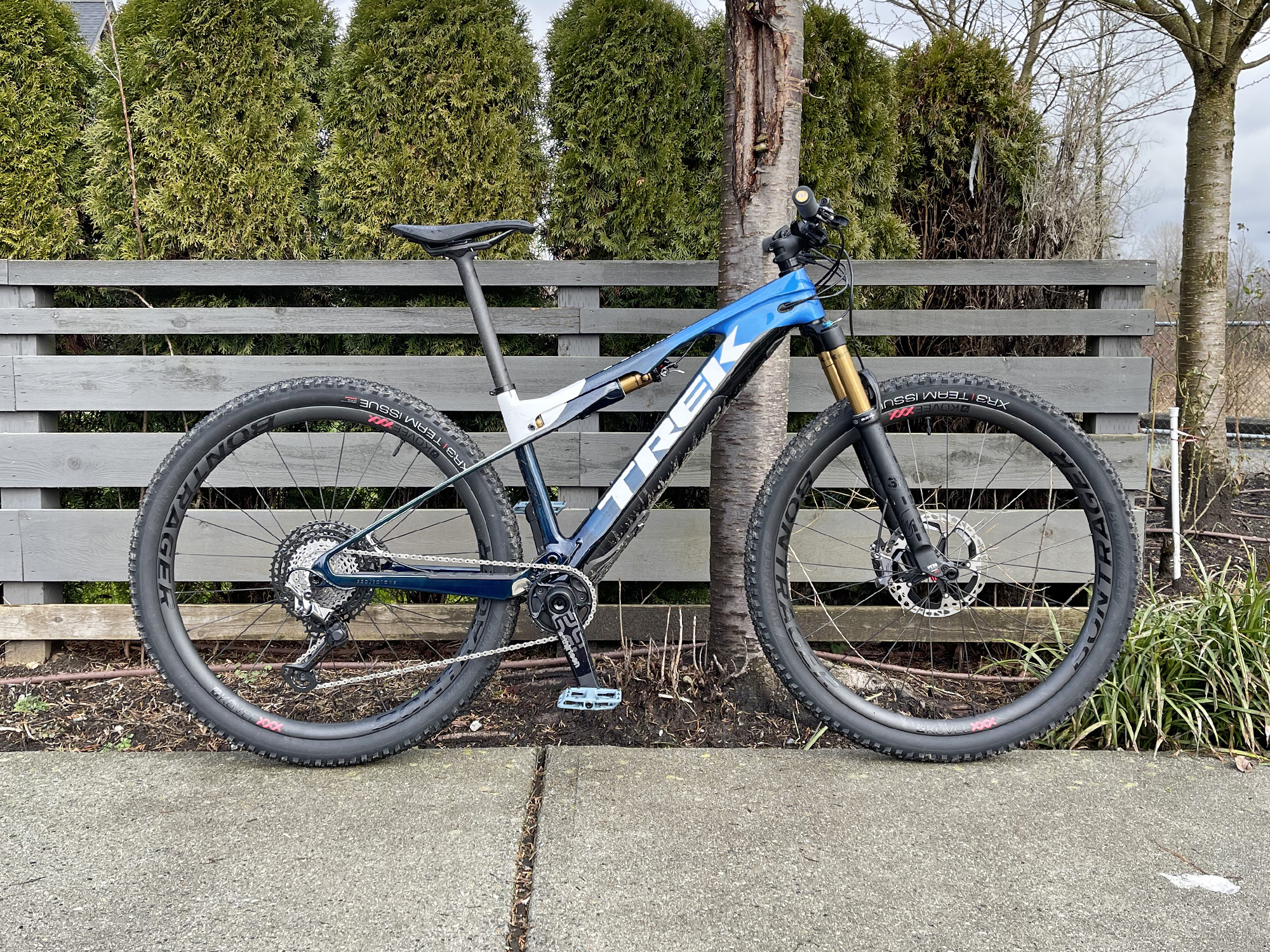
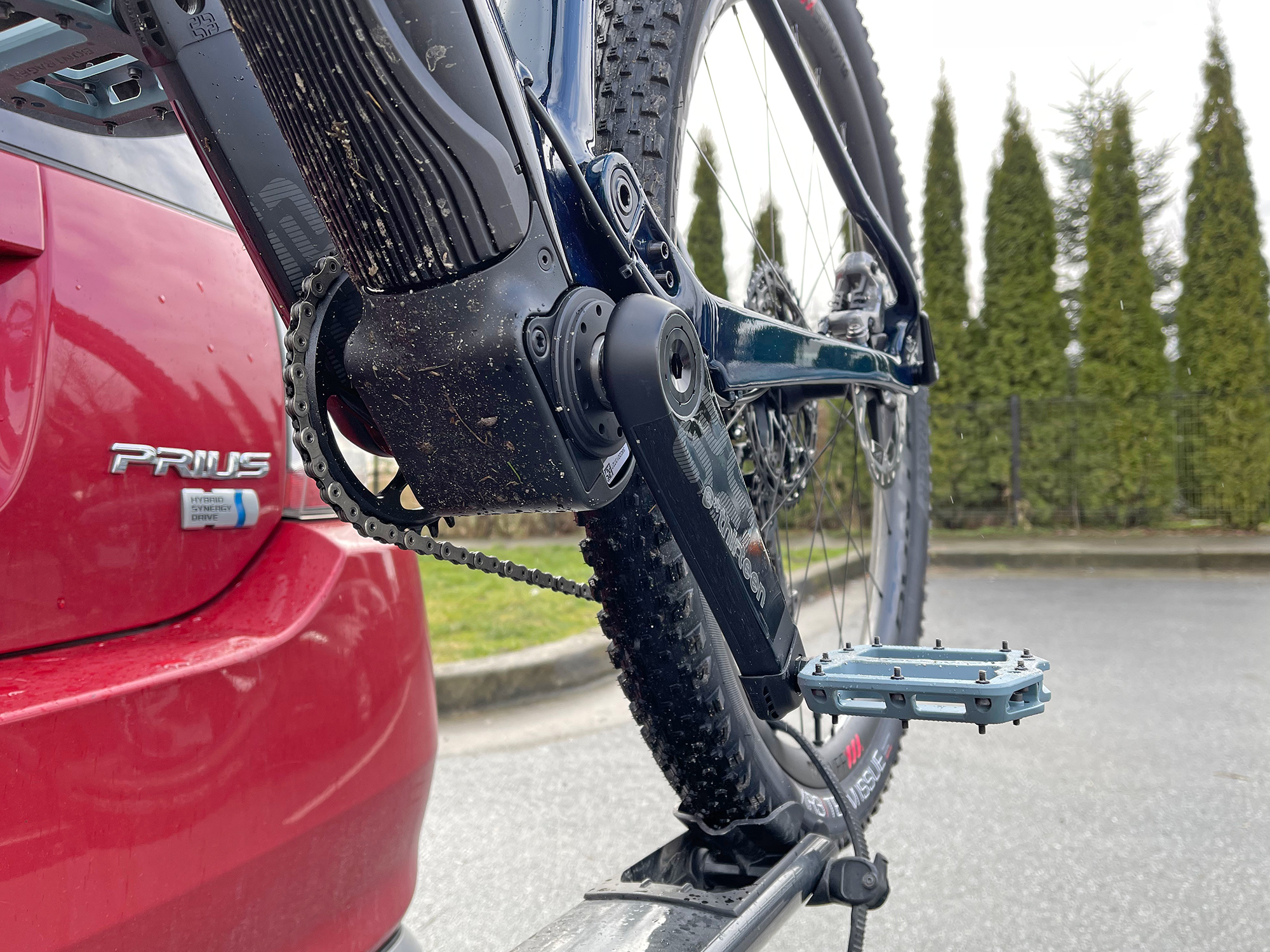
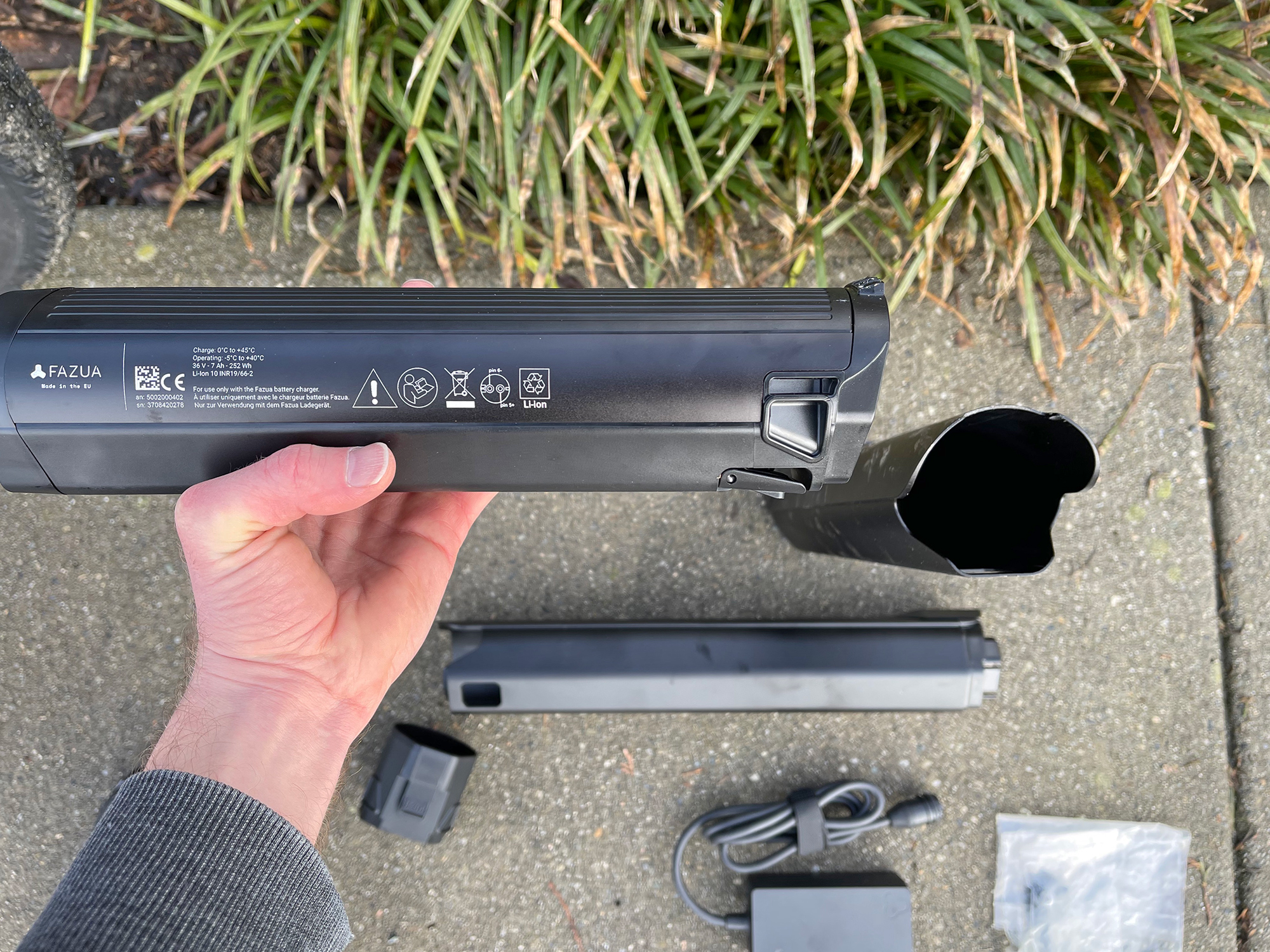
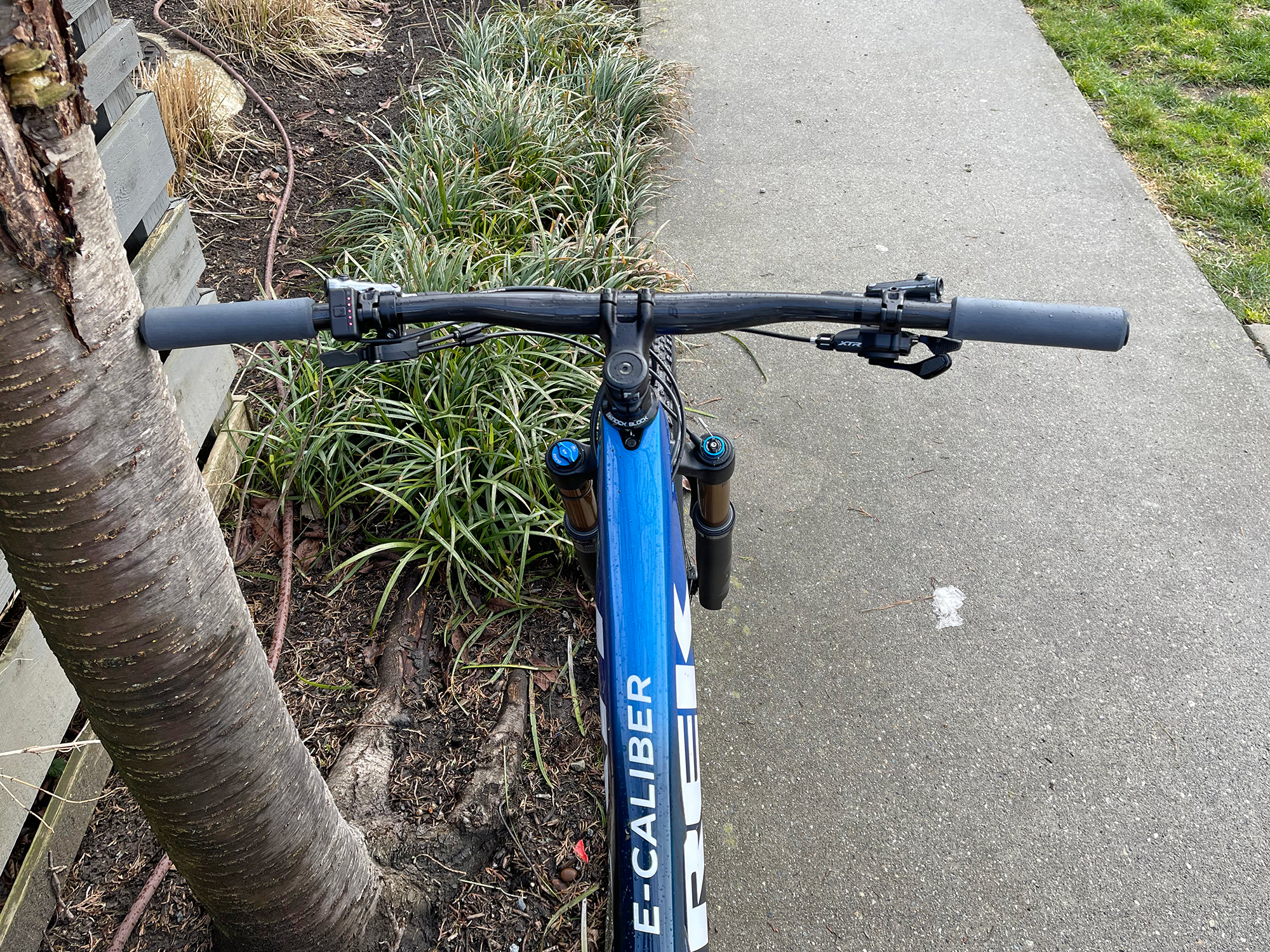

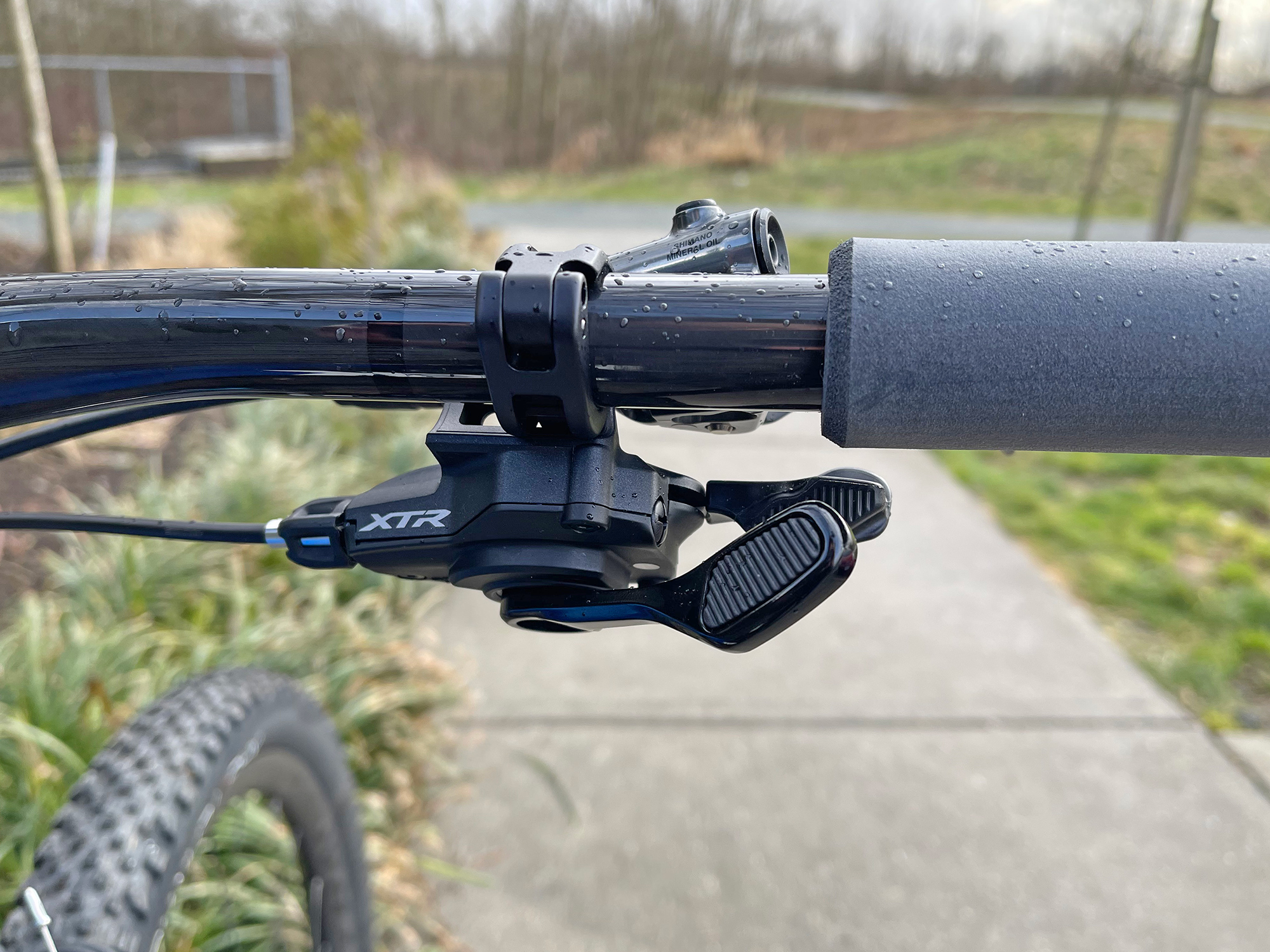
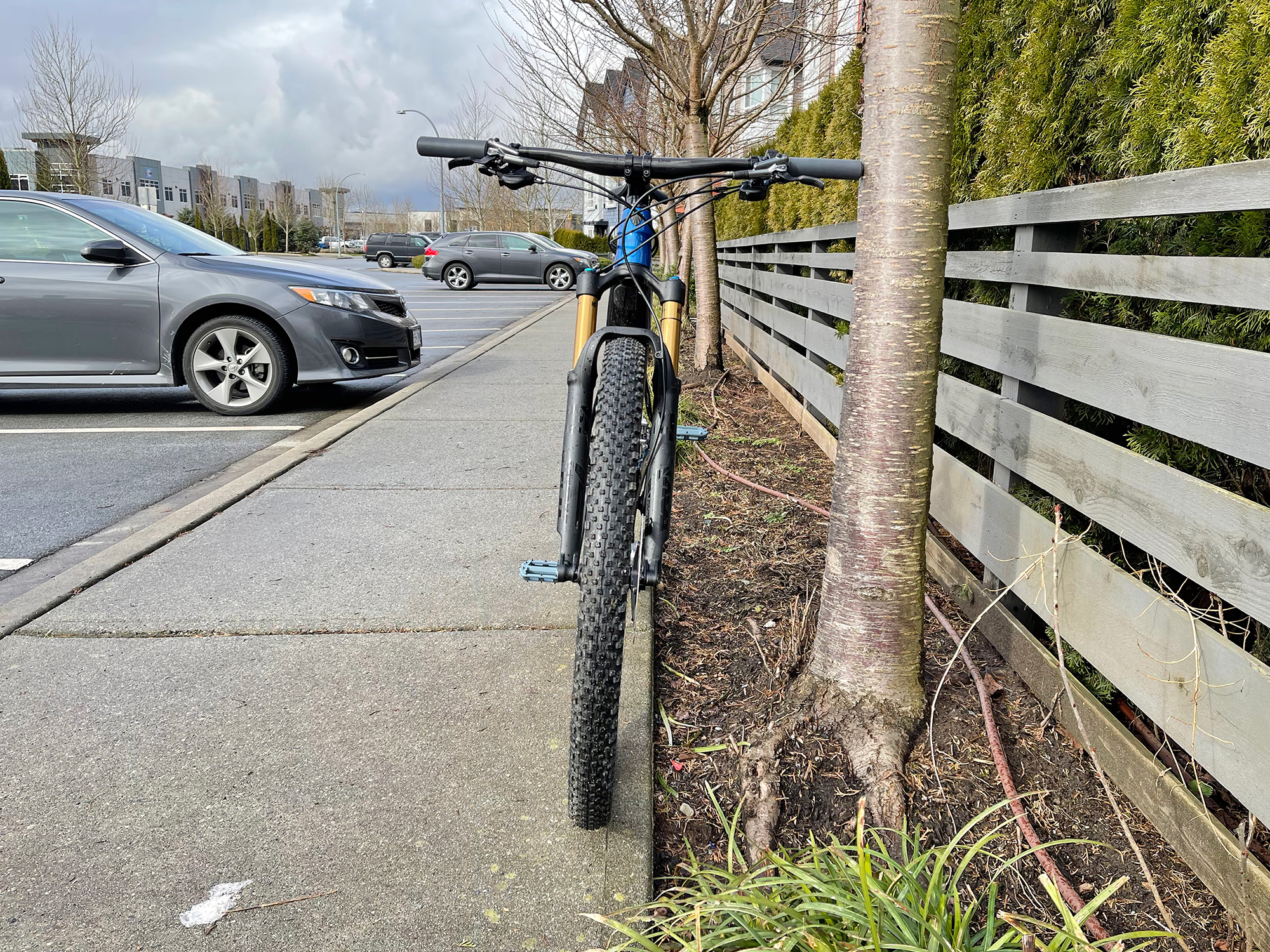
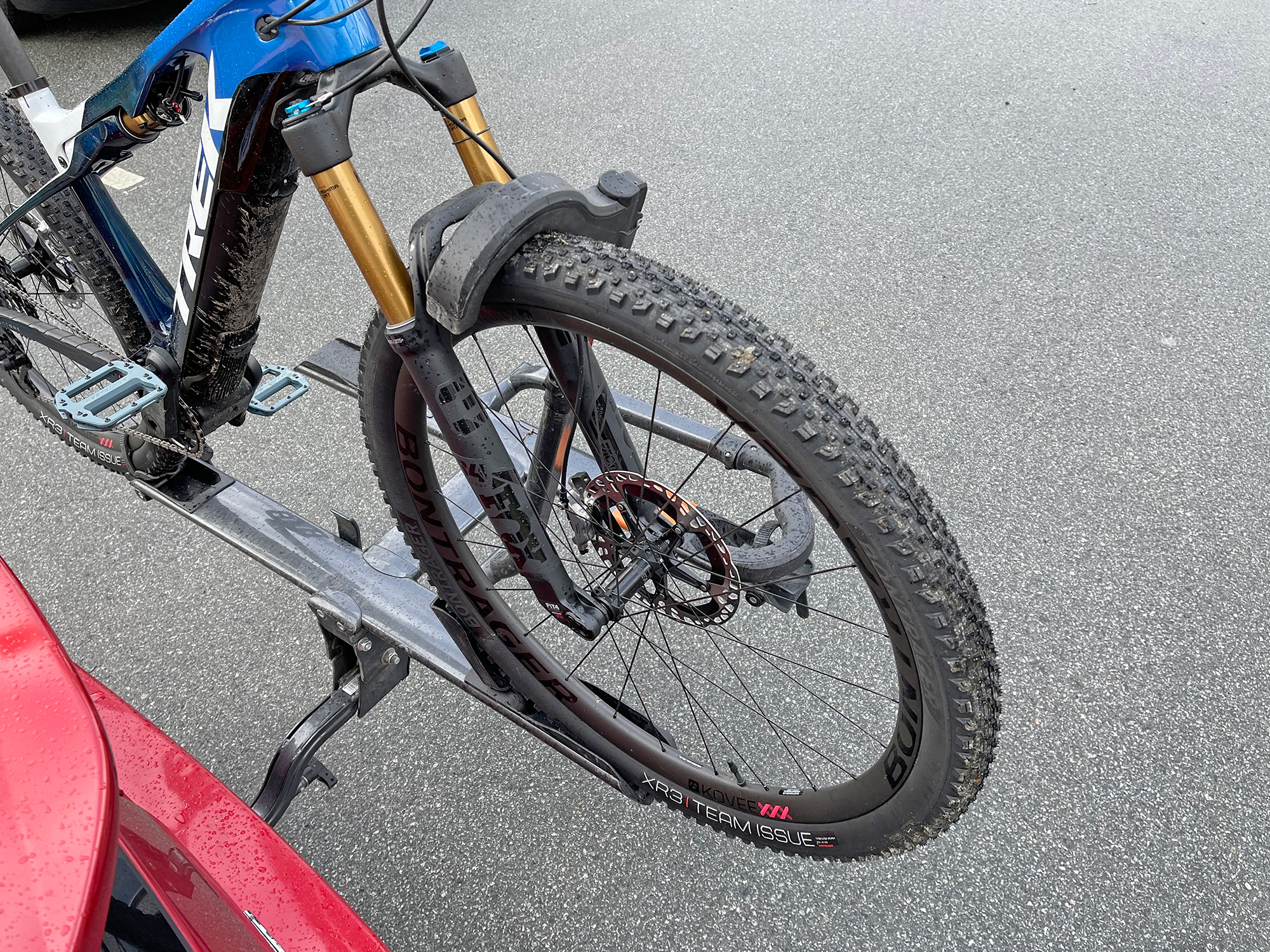
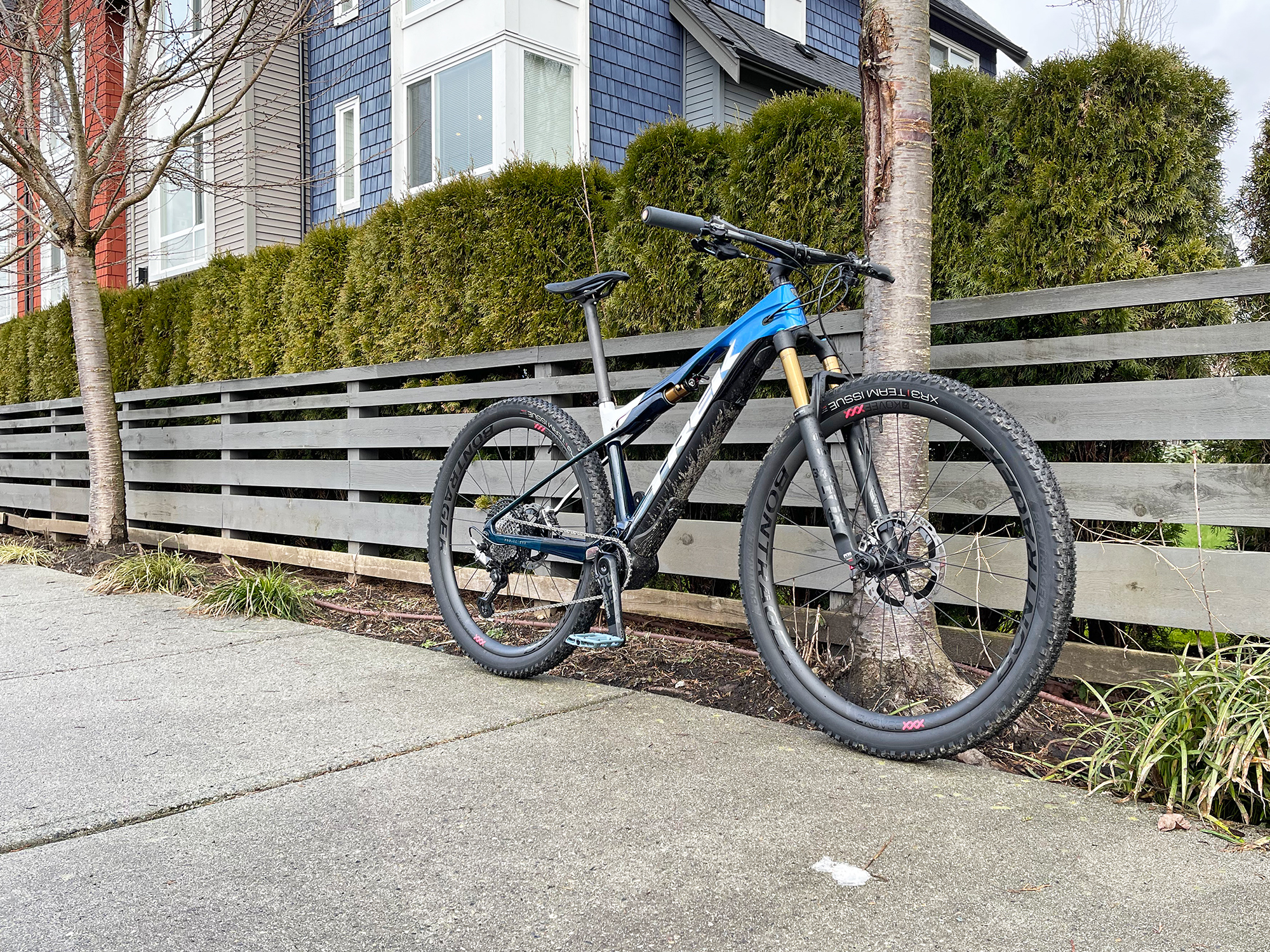

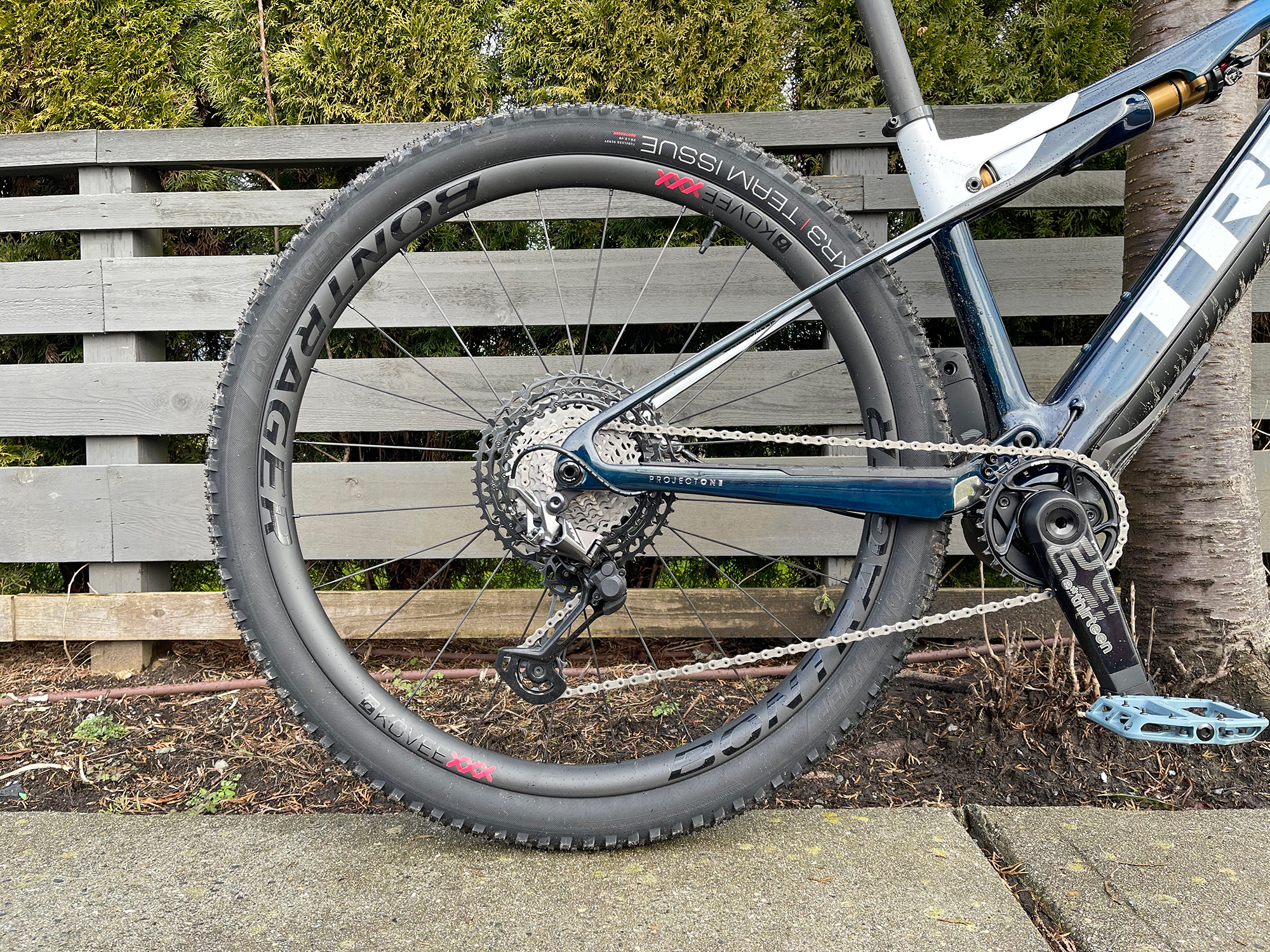
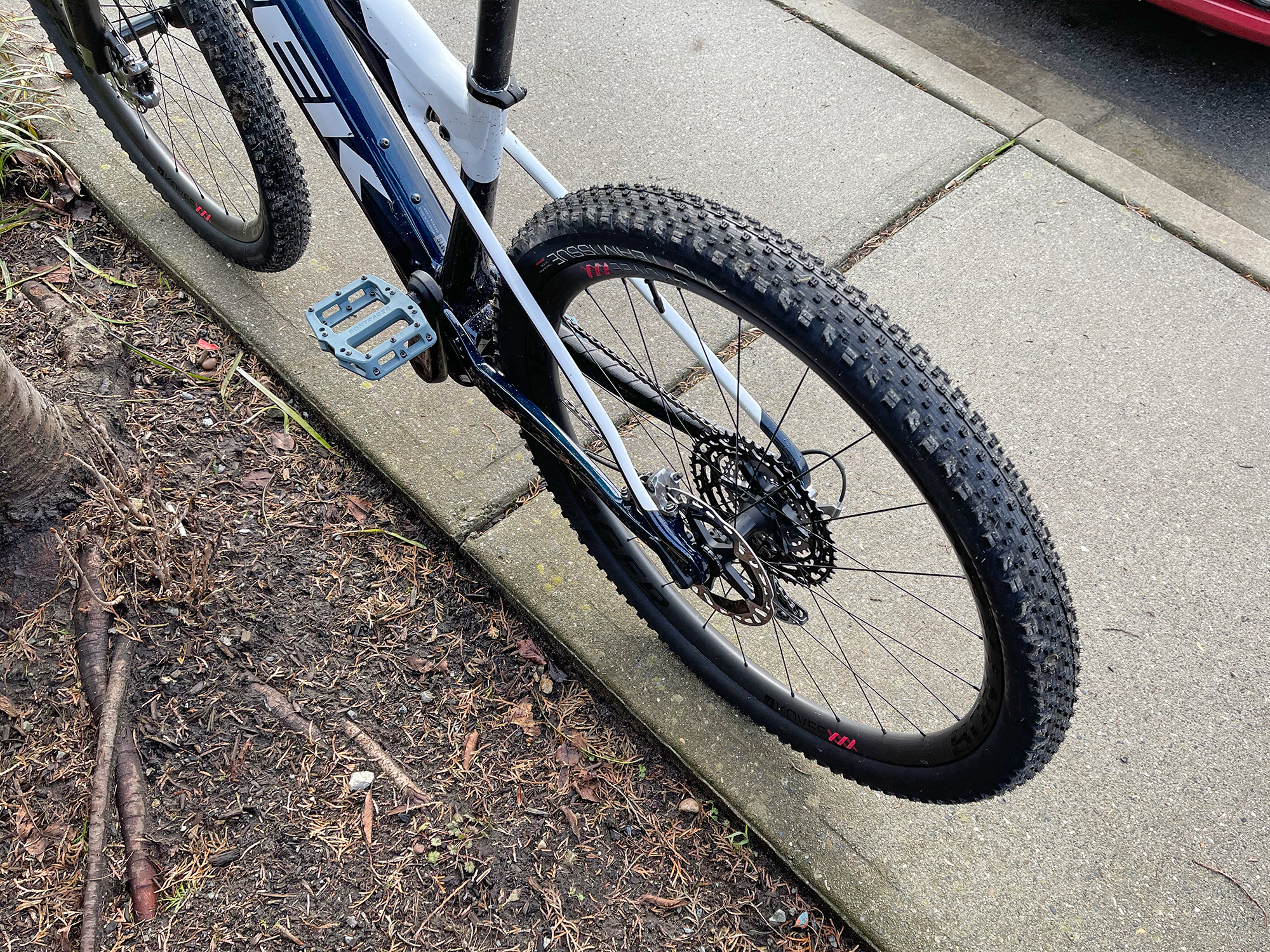
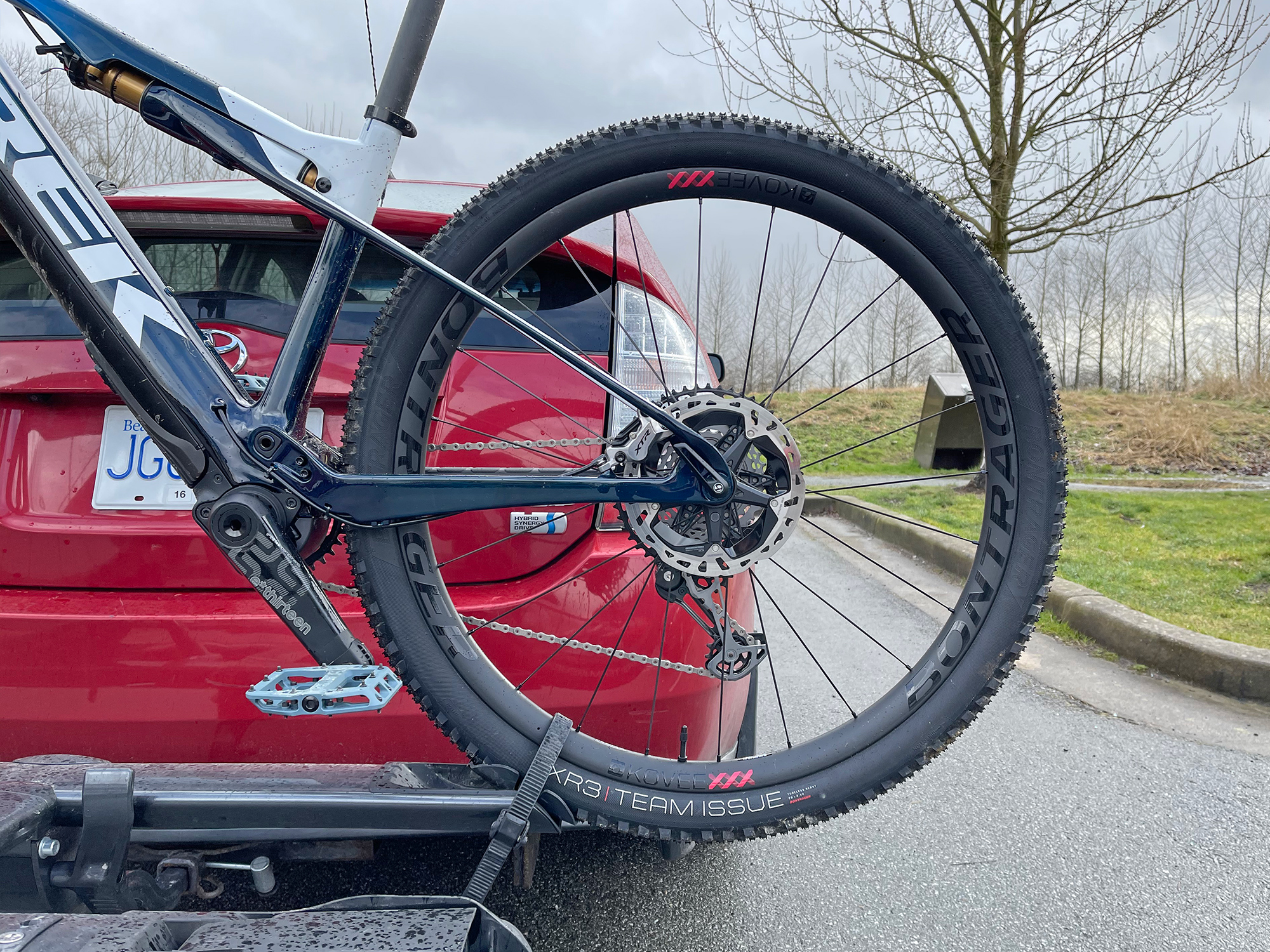
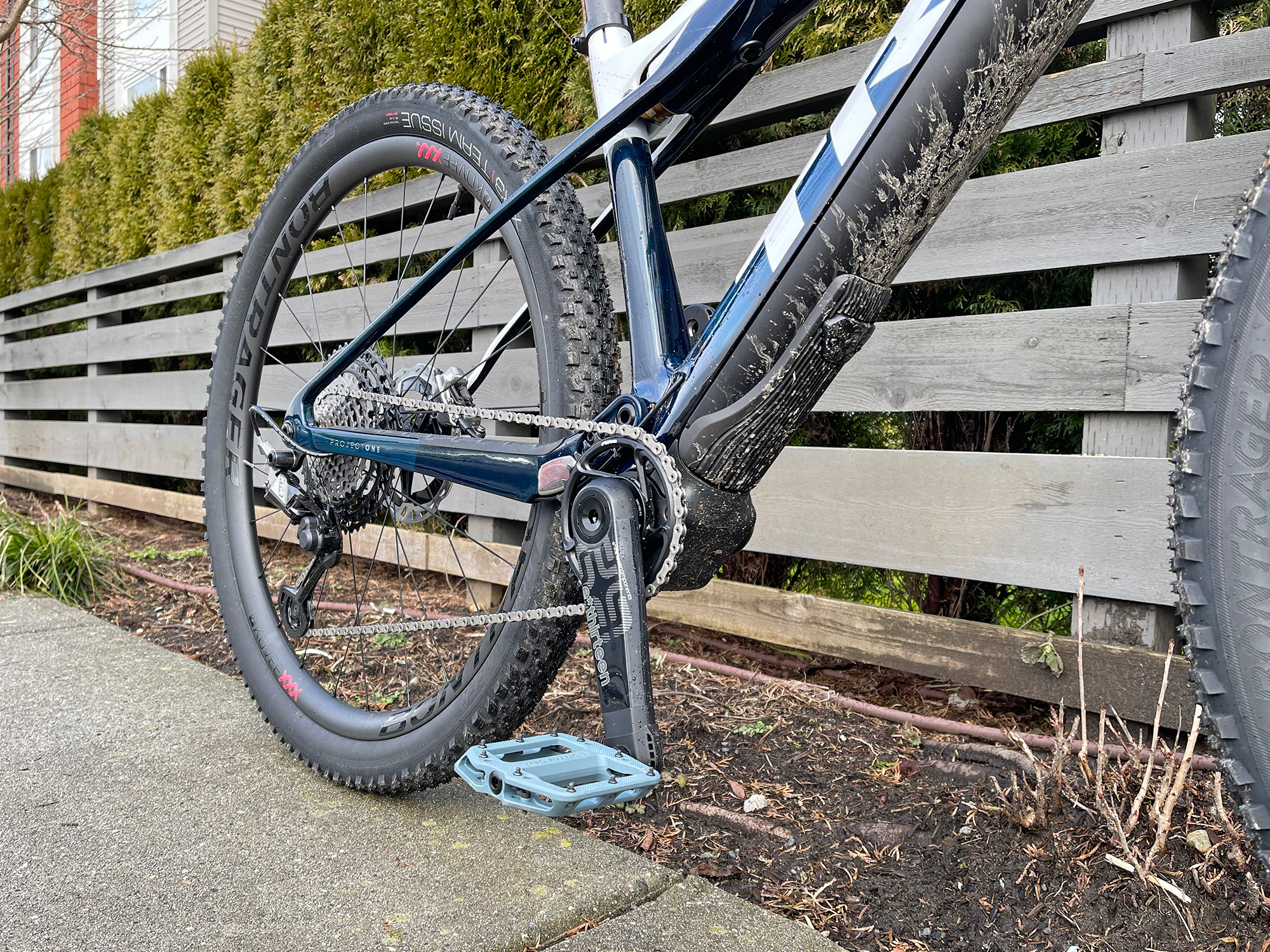
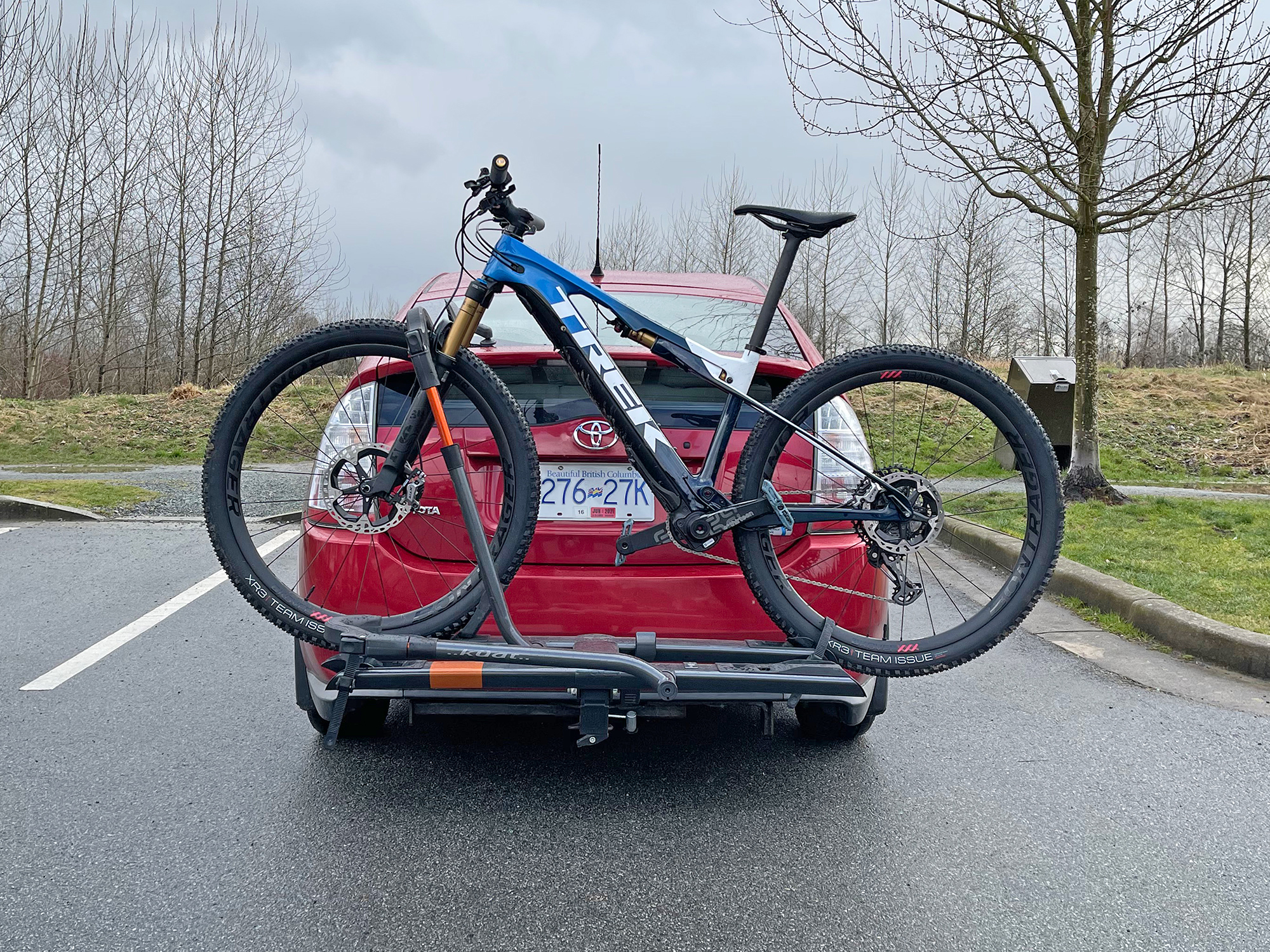
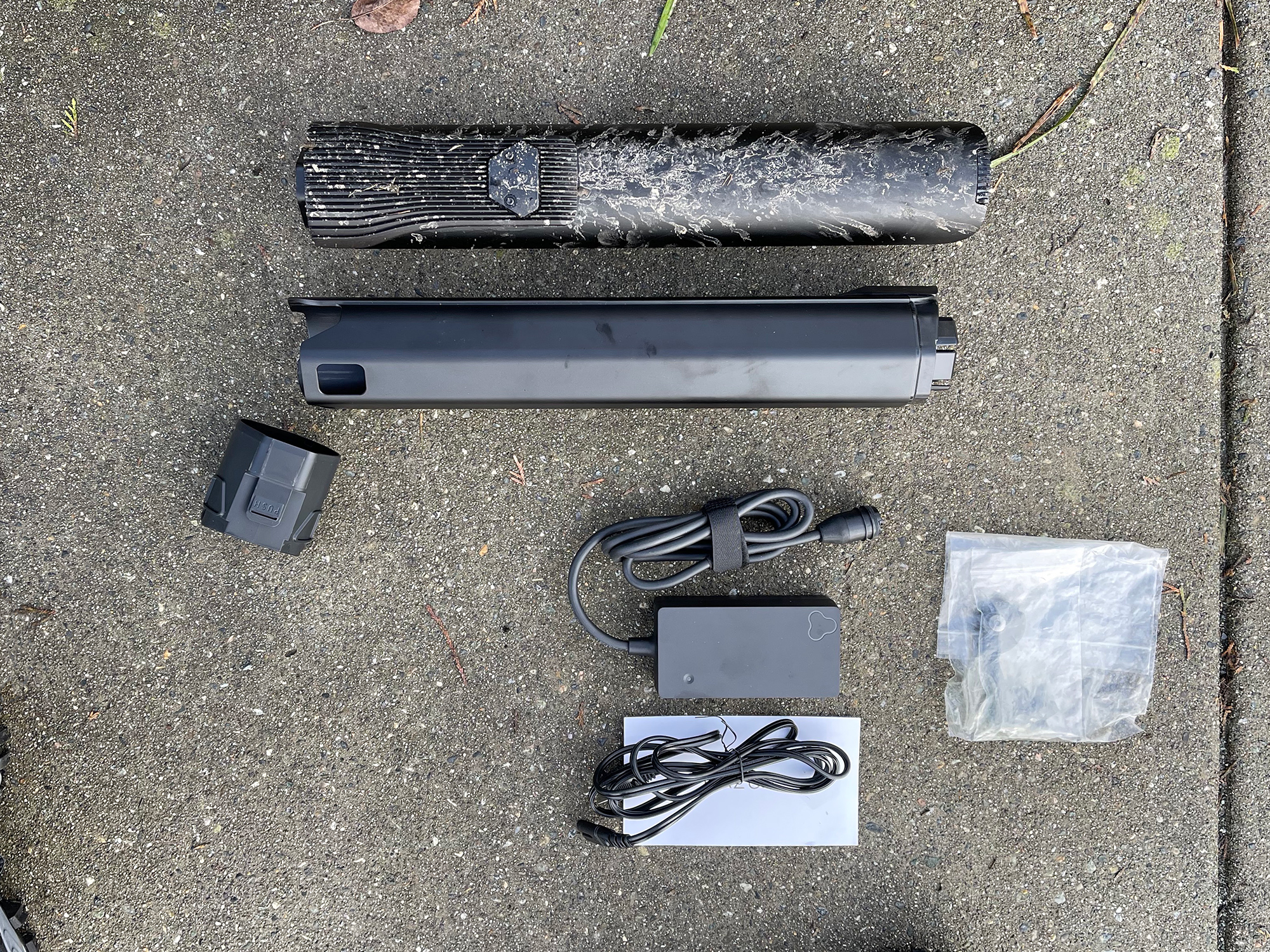
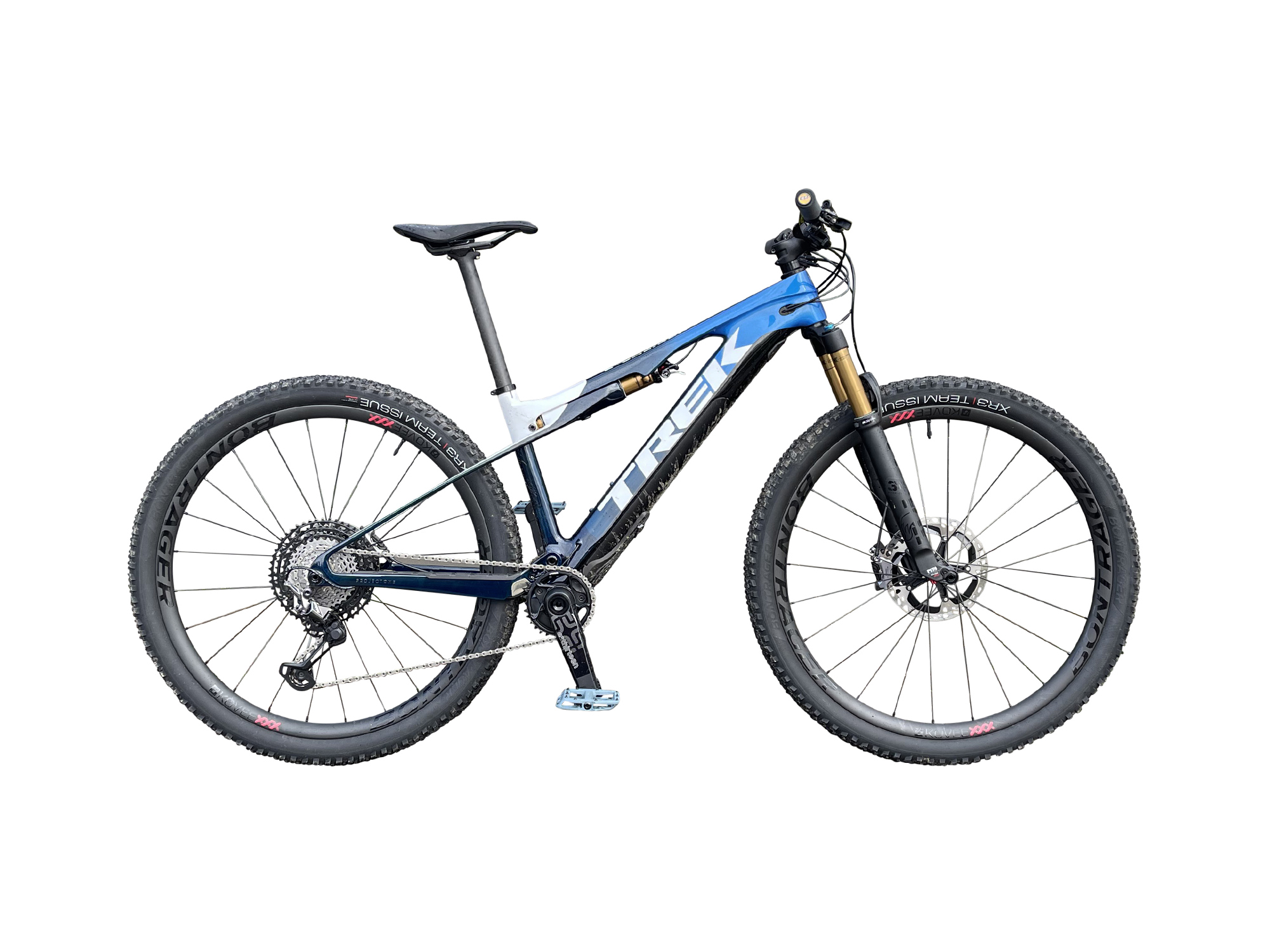

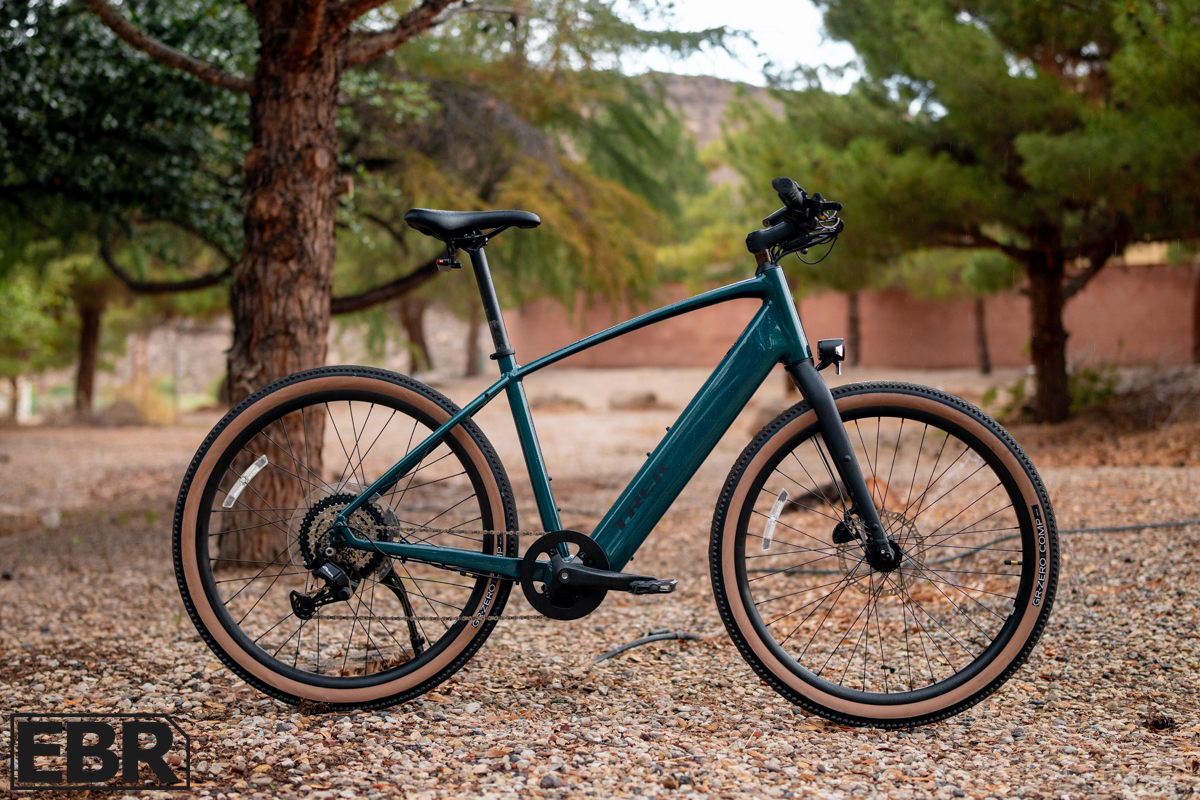
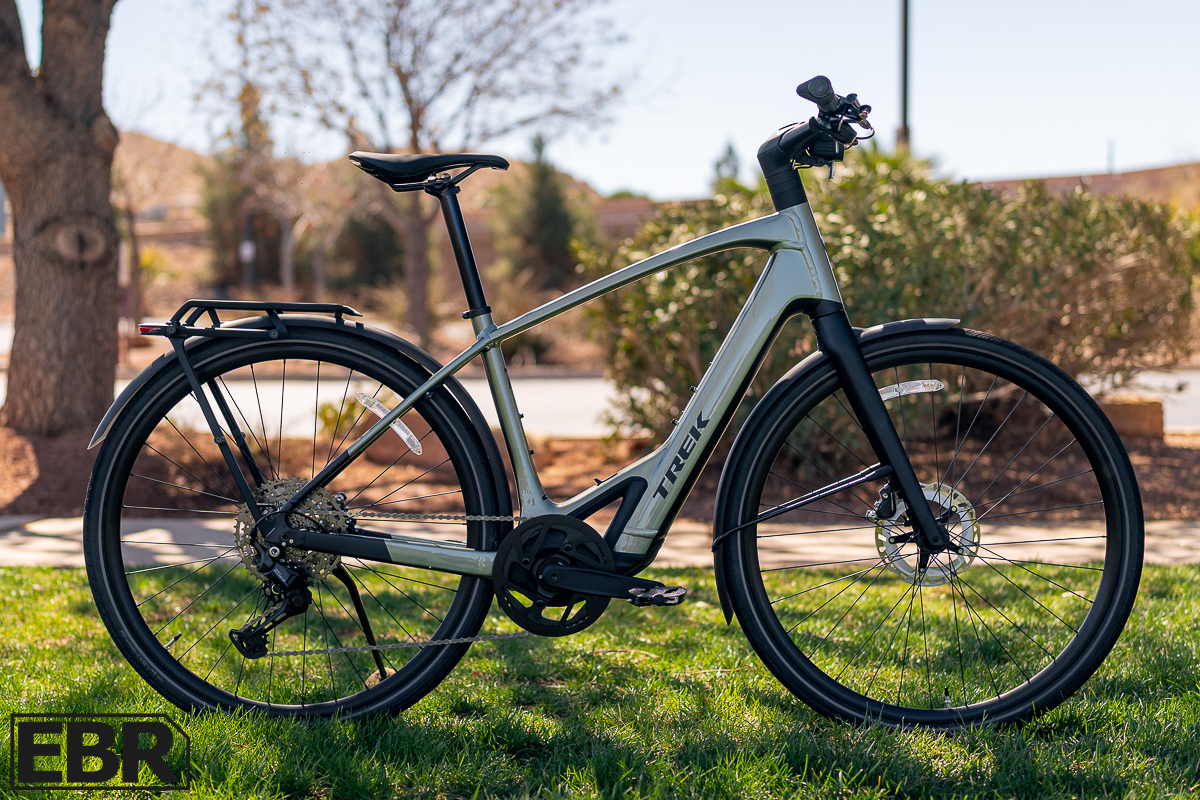
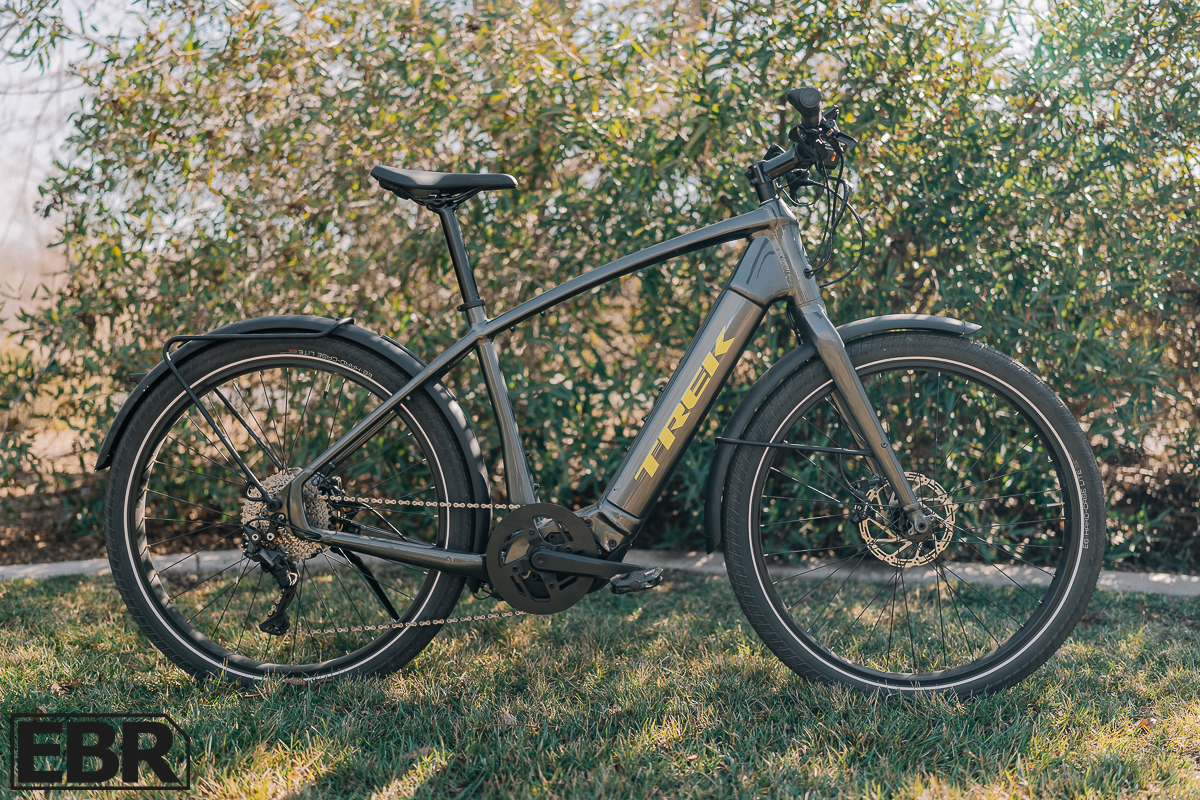
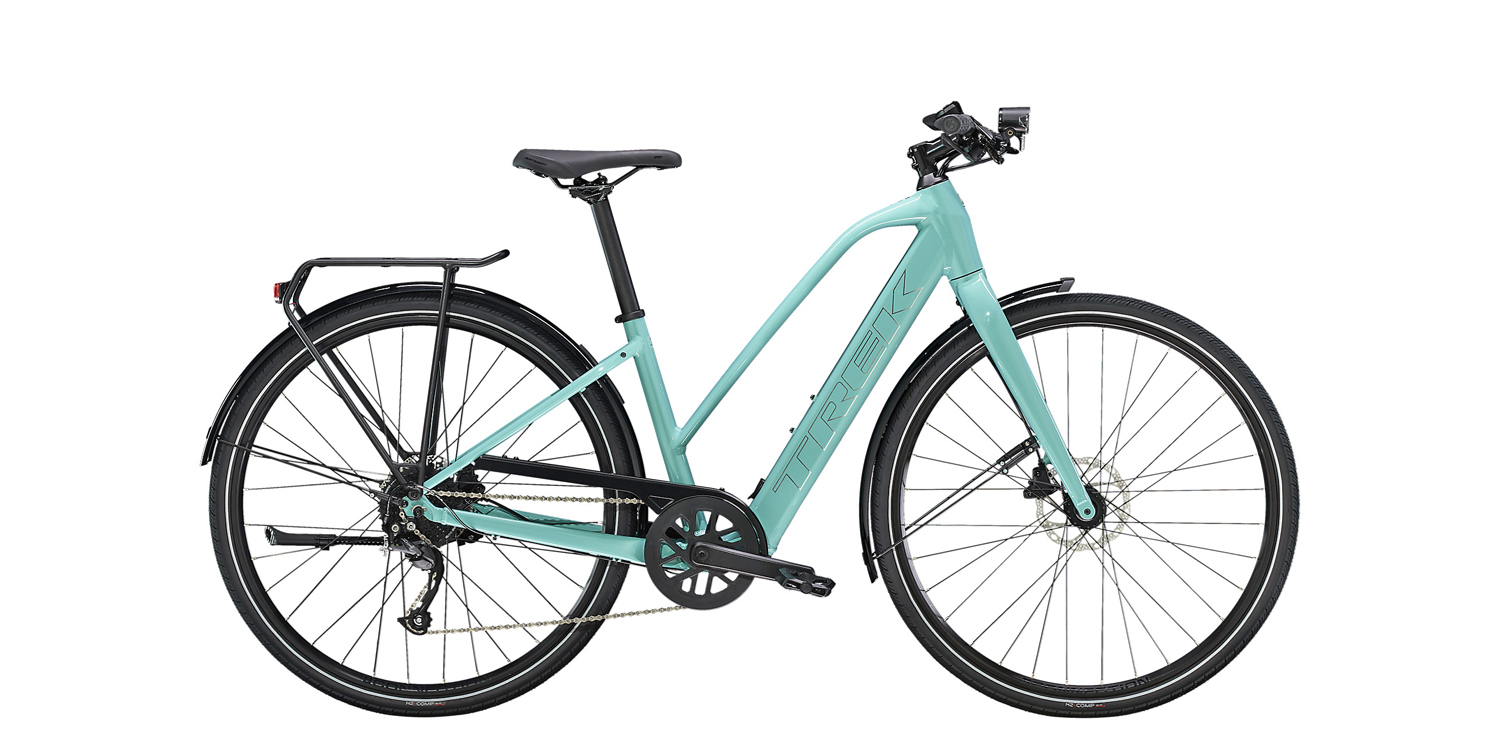
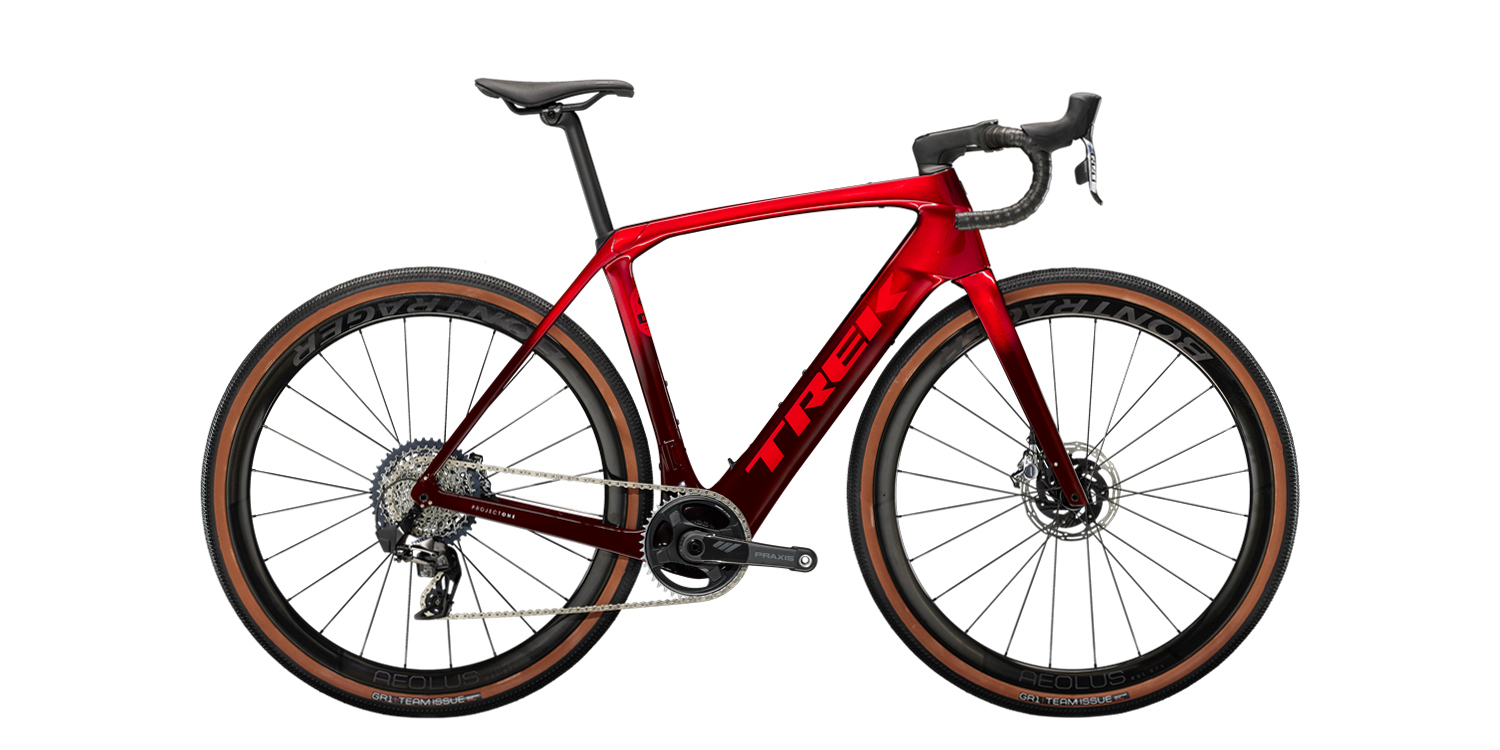
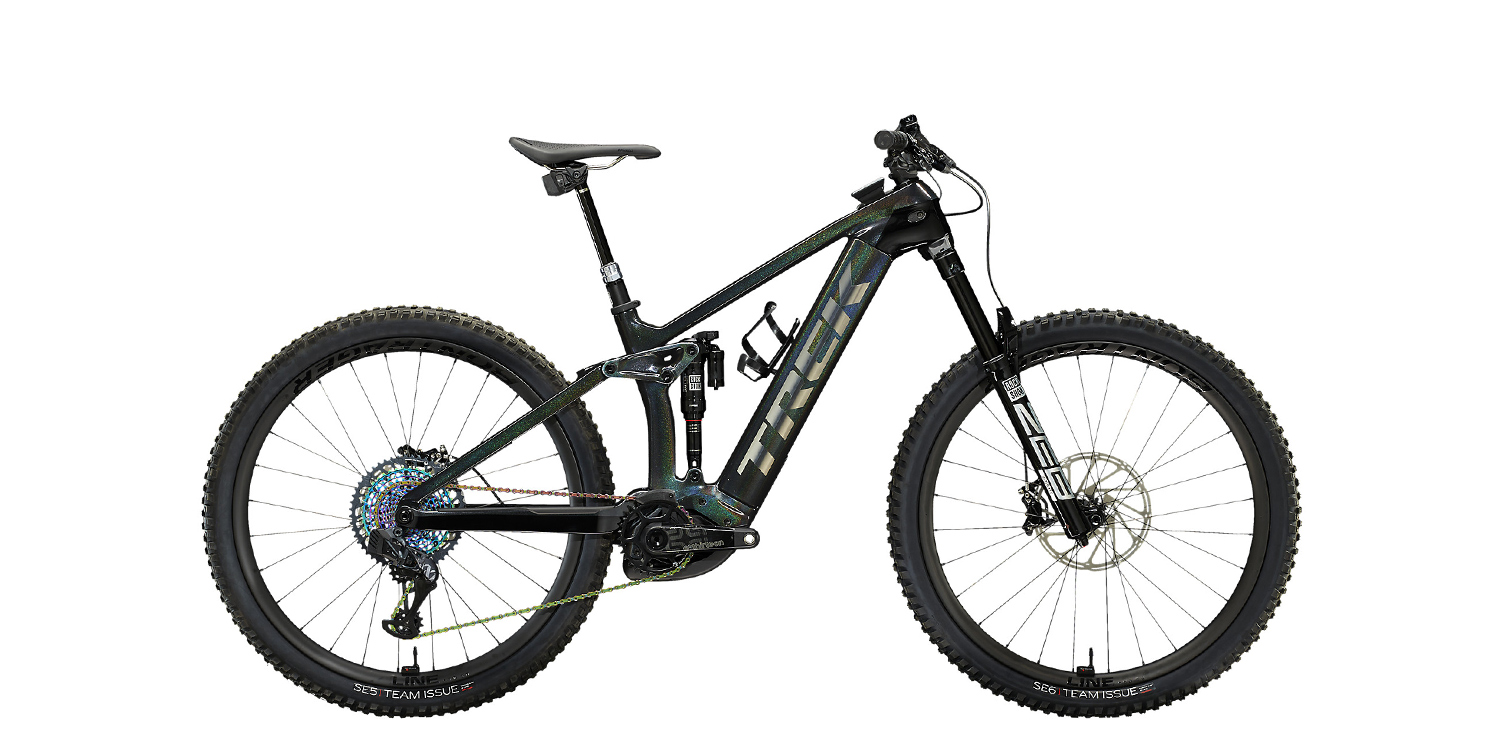
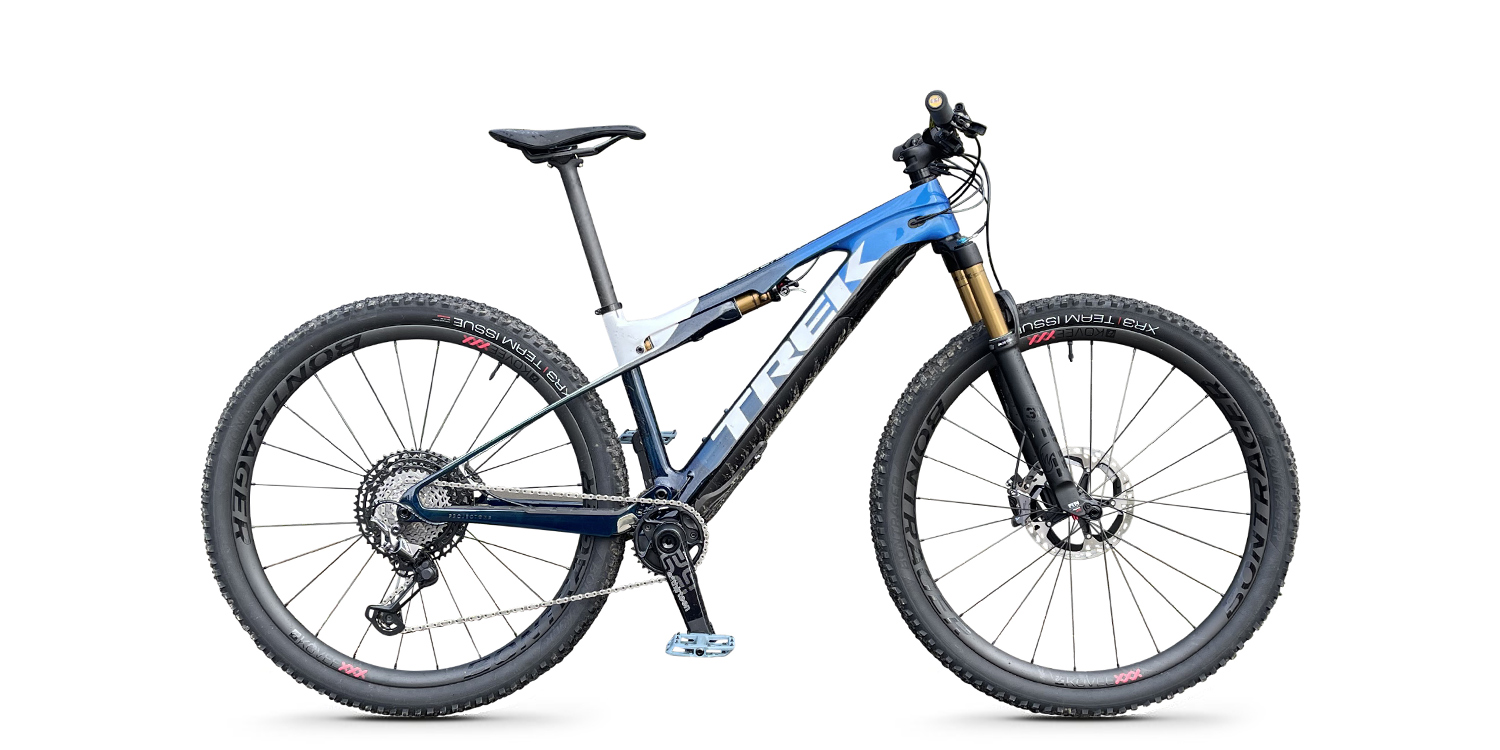
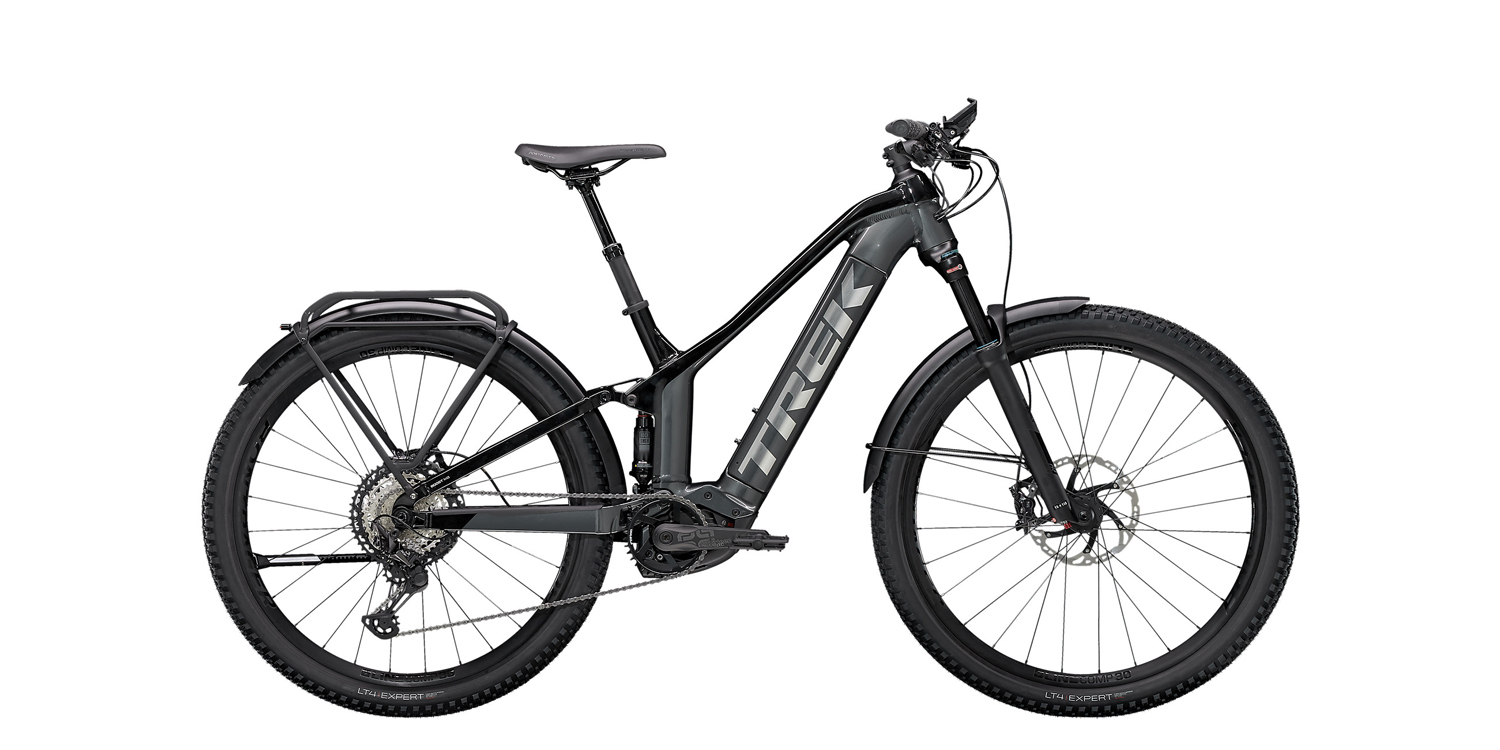
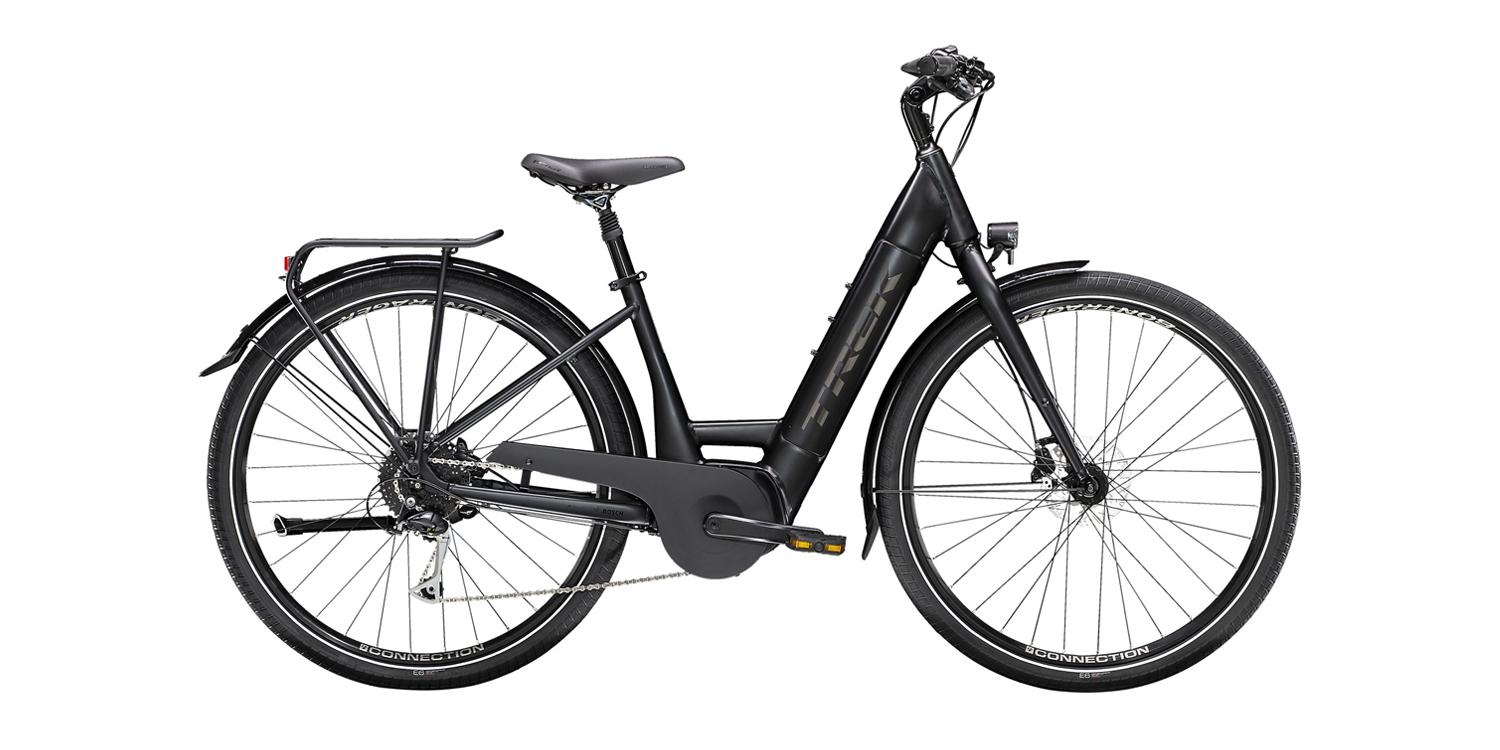
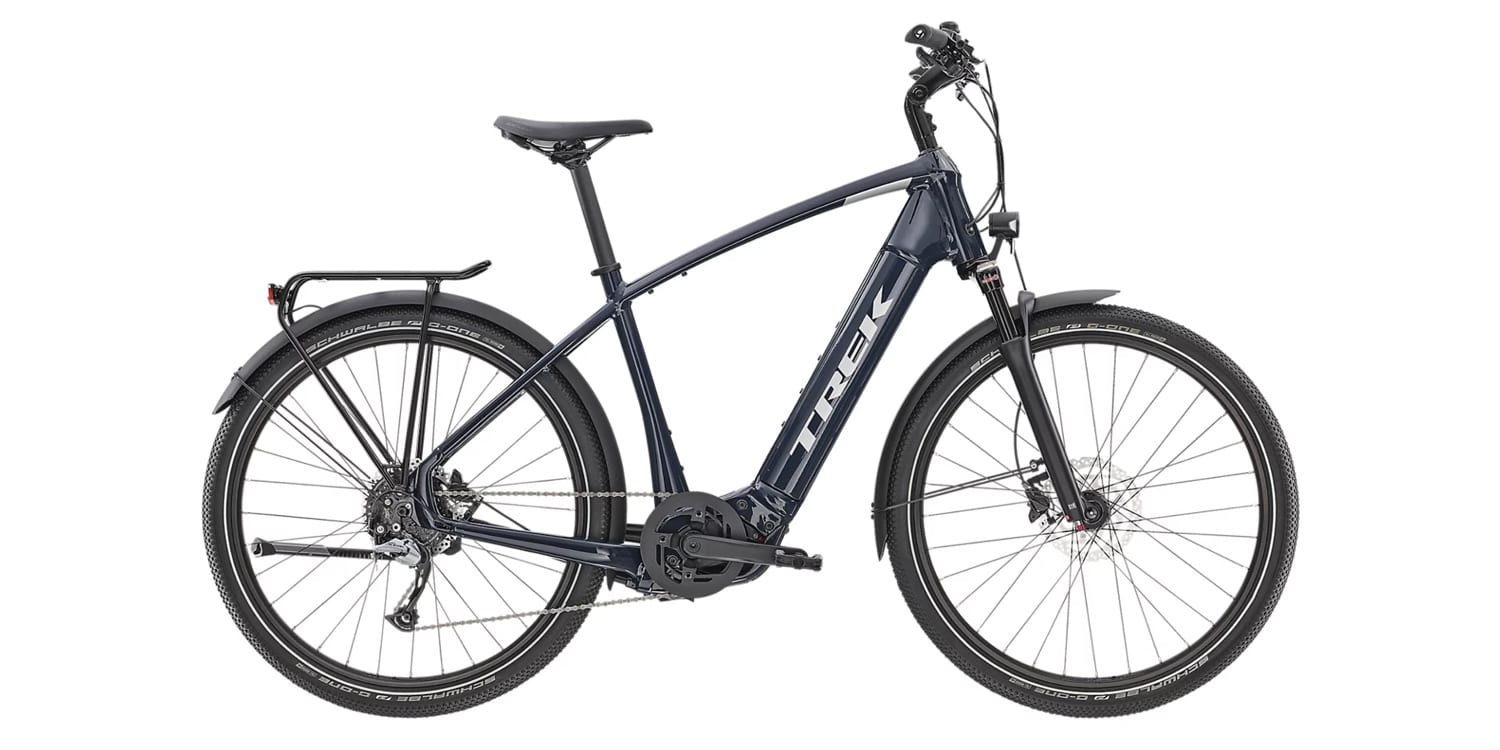
JACK says
How does the power feel compared to the Levo SL? (I have a Creo EVO)
Court says
Great question, I haven’t ridden these back to back… so I’m going from memory. I was very impressed with the MAHLE motor that Specialized is using. I feel like it’s equivalent to the Fazua here, if not better for response time. Power wise, they say it’s only rated at 250 watts and 35 newton meters, but to me it felt very capable still. Keep in mind that I’m only 135lbs… you can watch that ride test on my review for the Turbo Levo SL Expert Carbon here. The biggest thing for me is the ease of charging and battery capacity expansion on the Specialized models. Unless you want to wear a backpack with the 3.2lb Fazua battery in it, the Specialized bottle battery range extender is a clear winner for me, especially since you already have one and could share batteries :)
Albert says
How much?? How about reviewing ebikes that normal working class people can afford??
Court says
Hi Albert, I’ve got a whole category here called affordable. My goal is to cover bikes from a variety of brand, categories, and price points. This one is at the expensive end of the spectrum, but many times that is what pushes technology forward… so we may see some of these features on cheaper bikes in the coming years :)
Jo V says
A very stealth like appearance along with many high end components and super light weight. But with that, comes a huge price tag. Limited battery support, no visual information display, lack of pedals, and the really annoying, loud pawl buzz, just to name a few of the short comings. This all makes it hard to justify the price tag.
Court says
I feel ya, Jo. And I agree with the points you’ve made… it’s a good summary. I see the high-end electric mountain bikes purposefully making trade-offs, and some people really do not want lights and displays and they might enjoy the loud pawls (and the quick pedal performance), but for me it’s a bit overkill, and the price is certainly more than I feel comfortable with as a recreational rider. It’s nice that they sell multiple versions of the bike though, so you could get the cheapest one and have a good time and maybe also have a quieter coasting experience.
Rene Pex says
I much prefer off bike charging. On holidays, bikes are stored in sheds and other spaces that do not have access to an electric socket. Only option is to bring the battery in to charge in the hotel room. Additional benefit is that the bike is less attractive to steal without the battery as this is a very costly component. The hotel won’t let you bring in a dirty bike, so with the spec on bike charging solution charging will be difficult.
Court says
Hi Rene, I agree that it’s a useful and important option to be able to charge ebike batteries off of the frames as well as on. I’m reviewing another model today from Kona that has off-bike charging, but requires an adapter plug to do so (since the interface is different on the battery vs. the bike) and it’s one of my primary complaints, that it would be easy to lose that piece.
michael says
Great review, thank you! Any idea where I can get my hands on a Trek E-caliber XT or XTR near Pennsylvania? Also, will there be any changes to the 2022 E-Caliber? thanks!
Court says
Great questions Michael! I’ve got an ebike dealer map tool here that will let you search by location and bike brand. I think we’ve got most of the Trek dealers added. As far as 2022 changes to the E-Caliber, I’m not sure… haven’t been in close contact with Trek since this last review. I hope they refine things a bit, but it’s already an incredible bike that’s light and fun to ride. Maybe the dealer will have some feedback for you?
Nando says
Excelent ressenya. Moltes gracies.
Court says
Benvingut! Faig el possible I estic encantat d’ajudar :)